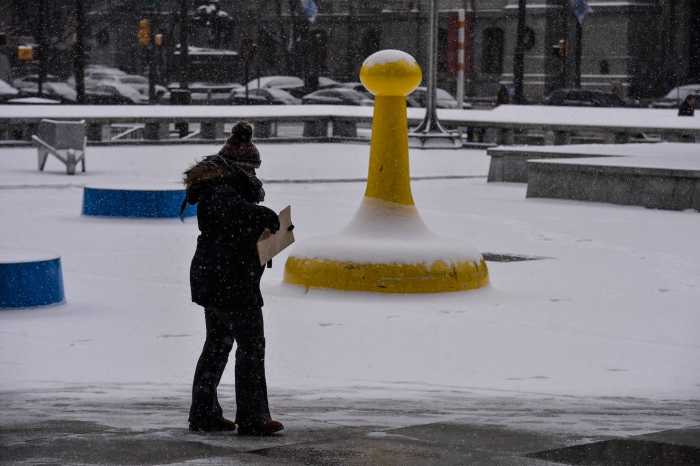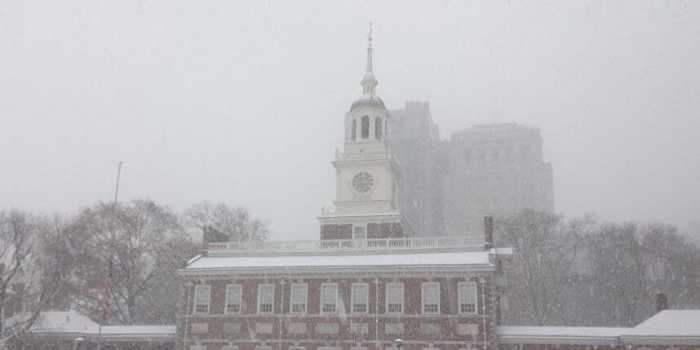Philadelphians should brace themselves for a harrowing few days of weather this week.
According to the National Weather Service (NWS), a storm system will impact the region on Tuesday, capable of producing damaging winds, tornadoes, large hail, and heavy rainfall that could lead to flash flooding.
The NWS Mount Holly account tweeted that, “@NWSSPC has upgraded portions of our area to an Enhanced Risk (3 out of 5) of severe weather for Tuesday. Severe thunderstorms are expected to develop by the afternoon and into the evening hours. #PAwx #NJwx #DEwx #MDwx”
⚠️⛈️ @NWSSPC has upgraded portions of our area to an Enhanced Risk (3 out of 5) of severe weather for Tuesday. Severe thunderstorms are expected to develop by the afternoon and into the evening hours. #PAwx #NJwx #DEwx #MDwx pic.twitter.com/57lxGb8zui
— NWS Mount Holly (@NWS_MountHolly) August 12, 2019
They also shared that folks located in the Philly area should be prepared for flash flooding and severe storms, which forecasters predict will take place Tuesday afternoon and Tuesday evening.
It was also reported that people in those areas should expect heavy rain and damaging wind gusts which could lead to power outages and tornados. The NWS shared that the city expects one to two inches of rainfall; however, three to four inches are also possible.
To keep safe from heavy rain, the NWS suggest that you stay weather-ready, by keeping updated with the weather alerts for your area. They also recommend finding a secure location in your home and bring along your pets, if time allows. Anyone caught in a thunderstorm should seek shelter and look for a sturdy building.
People stuck in a flooded area should find higher ground, not go near anything electronic and if ordered to evacuate, lock their home and leave. NWS also warns: avoid floodwaters and follow the mottoe, “Turn Around, Don’t Drown.”
To protect yourself and others from damaging winds, the NWS service recommends staying indoors. If caught outside during high winds, they suggeste taking cover under a building or finding shelter, standing clear of roadway or train tracks and using a handrail to watch for flying debris.
If driving and caught in high winds, the NWS suggests keeping both hands on the wheel and slowing down, watching for debris, keeping a safe distance from other cars, and if the winds are really strong, going over to the shoulder and stop while staying clear of tree and other debris.
For updates on the storm, go to weather.gov and type in your city or zip code.





























